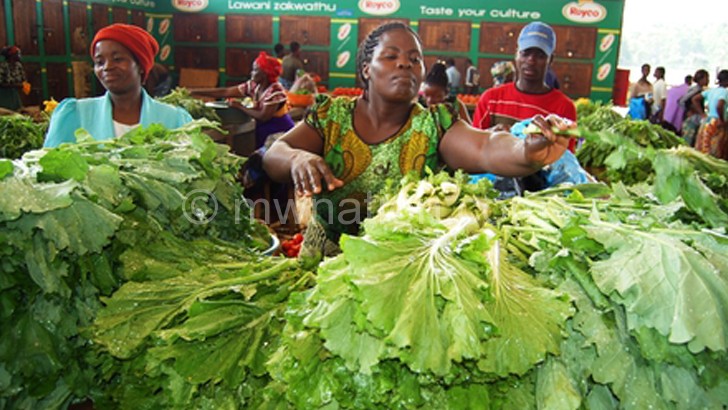Fighting poverty a big challenge—AfDB
African Development Bank (AfDB) says the rising population growth rate at 2.6 percent in 2021 and higher than the average gross domestic product (GDP) growth rate of 1.3 percent in the last three years is making fighting poverty a big challenge in the country.
In its recent country assessment, the bank observed that poverty incidence in Malawi remains high reflecting lack of economic opportunities, low productivity in the informal sector and subsistence agriculture, and vulnerability to exogenous shocks.

The bank observes that Malawi has undergone rapid demographic change with a population estimated at about 19.6 million, of which 52 percent are below 18 years old.
Reads the assessment in part: “The incidence of poverty was 50.7 percent in 2020, a slight decline from 51.5 percent in 2017.
“The Gini coefficient of 0.38 in 2020, compared to 0.42 in 2017, indicates moderate- and declining-income inequality.”
In a written response, Economics Association of Malawi president Betchani Tchereni observed that a population that is rising faster than the wealth is a signal for disaster.
He said: “It is this that may mean that the economy fails to provide the amenities to the people. These include social services such as health, education, roads etc.
“It may also imply that jobs are being created at a lower rate than needed which may render many people to be unemployed and therefore poor. “
The National Planning Commission (NPC) 2023 Malawi 2063 (MW2063) First 10-Year Implementation Plan (MIP-1) analysis observed that while the Covid-19 pandemic has made the poverty fight difficult, other factors include a high population growth rate, limited access to financial services and high levels of corruption.
The NPC analysis indicated that several interventions are being implemented, including social protection programmes which seek to improve food security at the household and national level and reduce poverty.
NPC director general Thomas Chataghalala Munthali is on record as having suggested that more focus on the productive sectors could help bring growth rates beyond the MIP-1 average growth targets even amid the exogenous shocks.
In September 2023, the second edition of the Multidimensional Poverty Index jointly published by the Ministry of Finance and Economic Affairs and the National Statistical Office (NSO) showed that 58.9 percent of Malawians live in multidimensional poverty, a marginal improvement from 61 percent recorded in the previous report in 2021.
This meant that 59 percent of Malawians are deprived of the amenities and services required for a quality life such as health, education, a habitable environment and access to work, among others
Meanwhile, the MW2063 seeks to transform Malawi into a wealthy and self-reliant industrialised upper middle-income country by 2063
The blue print also projects that if the economy grows at an annual average rate of six percent, Malawi could attain the low-middle-income status by 2030, with a per capita income of between $1 006 (about K1.7 million) and $3 955 9 (about K6.8 million).






I very delighted to find this internet site on bing, just what I was searching for as well saved to fav